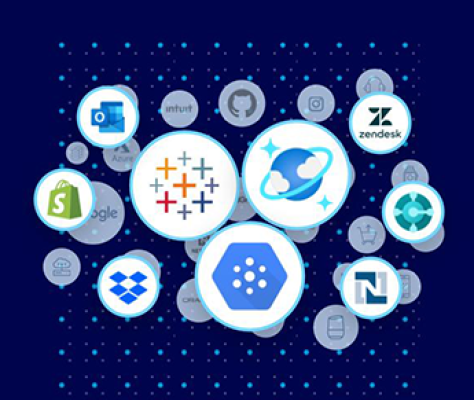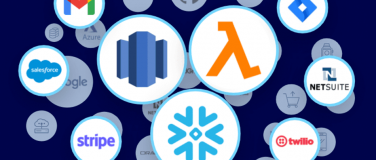The world of healthcare has gone through significant changes over the past decade — and even more so in the last year. Advancements in technology have pushed the industry from paper filings to electronic health records (EHRs); but, to get a complete and connected view of an individual’s health, there is still more transformation to be done.
Healthcare organizations now have a new goal: interoperability.
Interoperability creates a seamless experience for both patients and providers. This means that data within healthcare applications, software, systems, and services is shared and communicated across technologies. Integration is essential to enabling interoperability and creating a single view of a person’s health.
See interoperability in action. Check out the four demos below to learn how MuleSoft can provide connectivity between healthcare systems to make interoperability a reality.
#1 MuleSoft and Tableau: Unlock and act on patient data
Healthcare providers often need to connect disparate data sources and visualize that data to make quality decisions faster — that’s where Tableau and MuleSoft come in.
Watch this demo to learn how one hospital combines public data sets and connections to its EHR systems to visualize critical health data. Plus, get an inside look at how the hospital collects data from the CovidProject, CDC, OpenDataDC, and the provider’s own EMR, to create a visualization in Tableau.
#2 Vaccine management simplified with Anypoint Platform
With COVID-19, vaccine management and distribution has proven to be a complex process — requiring healthcare providers to interact and access data from many different local, state, and national systems. Vaccine data integration is simplified with MuleSoft Accelerator for Healthcare.
Watch this demo to learn how to accelerate your vaccine management solution with security and reliability and get a step-by-step look at how Anypoint Platform can efficiently manage scheduling, patient notifications, and CDC reporting capabilities.
#3 Clinical trials integration using FHIR R4 specification
As researchers and providers conduct clinical trials and tests, it’s important to share data from these findings with partners and other stakeholders so that they can better understand side effects, conduct additional tests based on the data, etc. Sharing data across organizations is an essential element of interoperability.
Watch this demo to learn how a healthcare provider can securely share patient data with a life sciences partner during a clinical trial program using FHIR R4 specifications — all using MuleSoft Accelerator for Healthcare.
#4 Health integration simplified: Complying with CMS interoperability requirements
To comply with the ONC and 21st Century Cures Act, healthcare providers and health plans must publish APIs to make information easily accessible by patients and members. They must also provide them with a way to consent to their data being shared with third parties, such as with health applications. In addition to complying with regulations, this creates a better member experience as well.
Watch this demo to see how the US Drug Formulary API can be implemented and used in a mobile app to allow a patient to compare the drug coverage across different health plans. You’ll also see first-hand how MuleSoft Accelerator for Healthcare enables healthcare organizations to meet CMS and ONC mandates and regulations as well as easily build new FHIR R4 APIs with defined FHIR API specifications.
Interested in learning more? Check out our webinar to learn how to achieve interoperability in healthcare with API-led integration.









